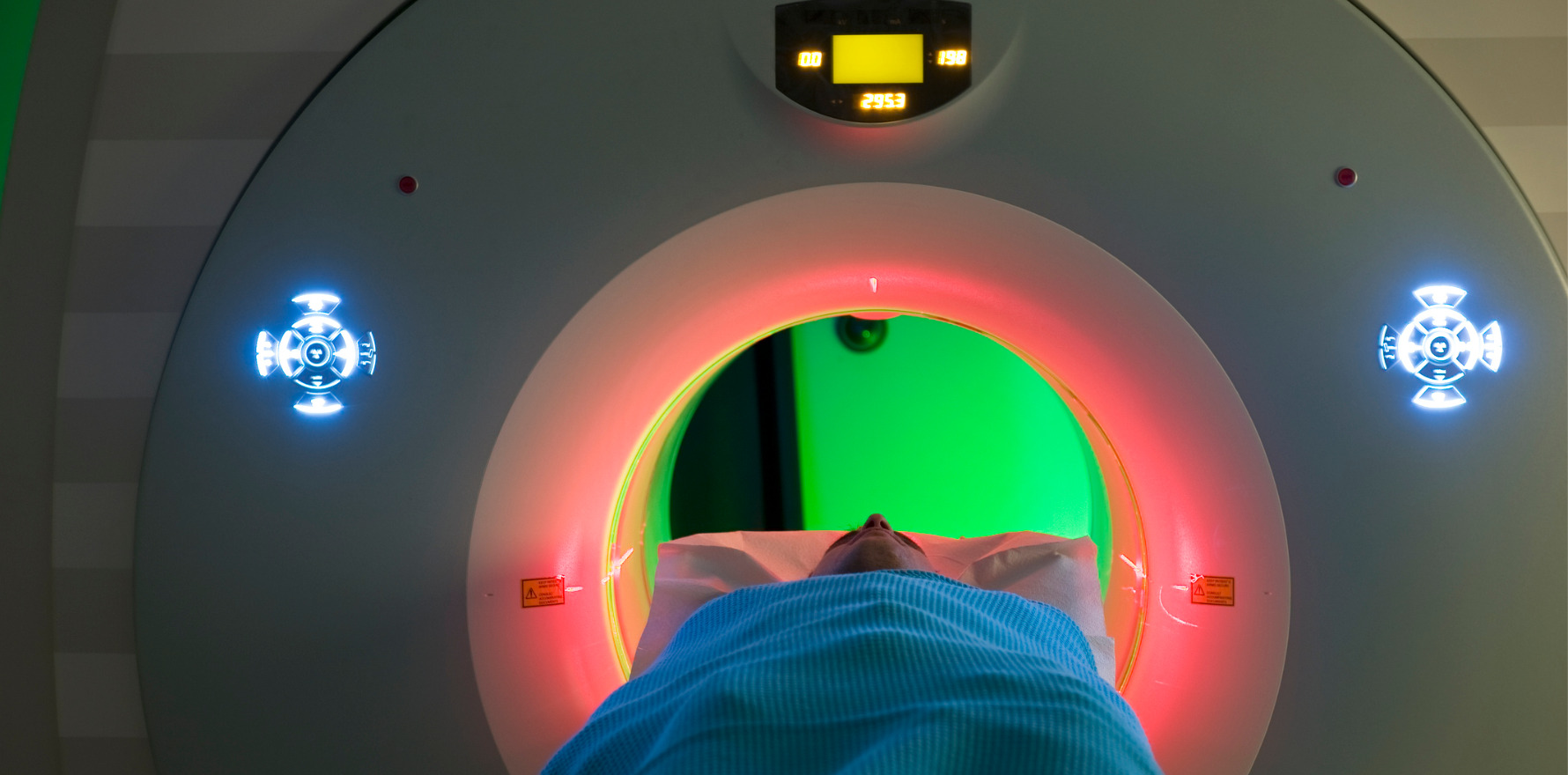Some numbers are going in the wrong direction, while others remain stubbornly poor, for now.
Cancer death rates have gone down over the last 30 years, and survival rates have gone up, according to latest data from the Australian Institute of Health and Welfare.
It’s more of a concern for under 50s than it used to be, however. And skin cancer numbers are still climbing.
Just under a million Australians are estimated to have had a cancer diagnosis over the last decade, with the disease accounting for three in every 10 deaths.
This report looked at the latest data for more than 100 different cancer types – the risk of developing them, their prevalence, and their survival and mortality rates.
Good news first
The age-standardised cancer mortality rate overall has dropped to an estimated 194 deaths per 100,000 people in 2025, down from 257 deaths in the year 2000.
And the five-year relative survival rate for cancer went up to 72% over the 2017-2021 period, from 50% in 1987-1991.
For breast cancer, the most common cancer in women in Australia, the five-year survival rate increased to 93% from 75% over those same periods. And for prostate cancer, the most common in men, the five-year survival rate went up to 96% from 60%.
It follows that mortality rates for those cancers have dropped too – from 63 prostate cancer deaths per 100,000 males in 1994 to 33 in 2025, and from around 38 breast cancer deaths in the late 1980s and early 1990s to around 22 deaths per 100,000 females in 2025.
Data collected on breast cancer tumour size showed that many are being treated at an early stage. Tumour size was known for 14,300 cases out of 18,900 diagnosed in 2021. Of these, 63% were under 2cm, 31% were 2-5cm, and 5.9% were larger than 5cm.
“These sizes had a 100%, 95% and 84% survival rate respectively when examining five-year relative survival in 2017–2021,” said the AIHW.
The not-so-good news
While nine in 10 cancer diagnoses occurred in people aged 50 or older, the incidence of cancer increased in people under 50, however.
In the 30-39 age group, it went from 121 cases per 100,000 people at the millennium to an estimated 135 cases in 2025.
This was because of higher rates of bowel and thyroid cancer. Those two cancers, along with breast, prostate and kidney cancer, also drove an increase in the 40-49 age group, which rose from 280 to 313 cases per 100,000 people in the same period.
“Despite cancer becoming more common for people in their 30s and 40s, cancer mortality rates for these age groups have generally been decreasing,” said AIHW spokesperson Justin Harvey.
The cancer mortality rate for people in their 40s is now around 37 per 100,000 people, down from 60 a quarter of a century ago, and it decreased from 18 to 11 in people in their 30s, over the same period.
And in other, not-so-good news, age-standardised incidence rates for melanoma of the skin went up from 54 to an estimated 63 cases per 100,000 people over the last 25 years.
As with breast cancer, however, most are being diagnosed early enough to ensure survival. The Breslow thickness measurement, which indicates how far below the skin a melanoma extends, was available for 14,000 out of the 15,000 cases diagnosed in 2021. Of these, 68% were less than 1mm, and those people had about the same five-year survival rate as people without melanoma between 2017 and 2021.
The remaining 14% were 1-2mm, 9.7% were 2-4mm and 8.1% were larger than 4mm. For the last group the five-year survival rate went down to 66%.
Also in the not-great-news section, lung cancer was responsible for the largest amount of cancer deaths, with a five-year survival rate of only 27% in 2017-2021. That was nevertheless an improvement from 9.7% in 1992-1996.
By comparison, the next lowest was colorectal cancer at 72%. Those aged 20-24 had the best chance at 90%, but this number dropped to 80% for 25-29-year-olds, 60% for 30-34-year-olds, 29-38% for 40-74-year-olds, and 9% for those aged 85 and over in 2017-2021.
Related
While incidence decreased for males, from 85 cases per 100,000 males in 2000 to an estimated 60 cases per 100,000 males in 2025, they increased for females, from 36 to 51 cases per 100,000 females.
Future data will show the impact of the National Lung Cancer Screening Program, launched in July this year.
Blood cancer incidence also increased from 66 cases per 100,000 in 2003 to an estimated 73 cases in 2025. Blood cancers accounted for 40% of all cancer cases in children, with acute lymphoblastic leukaemia the most common among them (19%).
But age-standardised mortality decreased from 26 deaths per 100,000 people in 2007 to an estimated 22 deaths per 100,000 people in 2025.
And five-year survival rates increased a little overall, from 67% in 2012–2016 to 70% in 2017–2021. In the latter period it was over 90% for children and adults under 40, 85% for 40–59-year-olds, 70% for 60–79-year-olds and 44% for those aged 80 and up.
“Data on Indigenous status, remoteness areas, socio-economic status as well as geographical data by Primary Health Network, Local Government Area and Statistical Area 3 are also scheduled for release in 2026,” said the AIHW.
Read the full report here.




